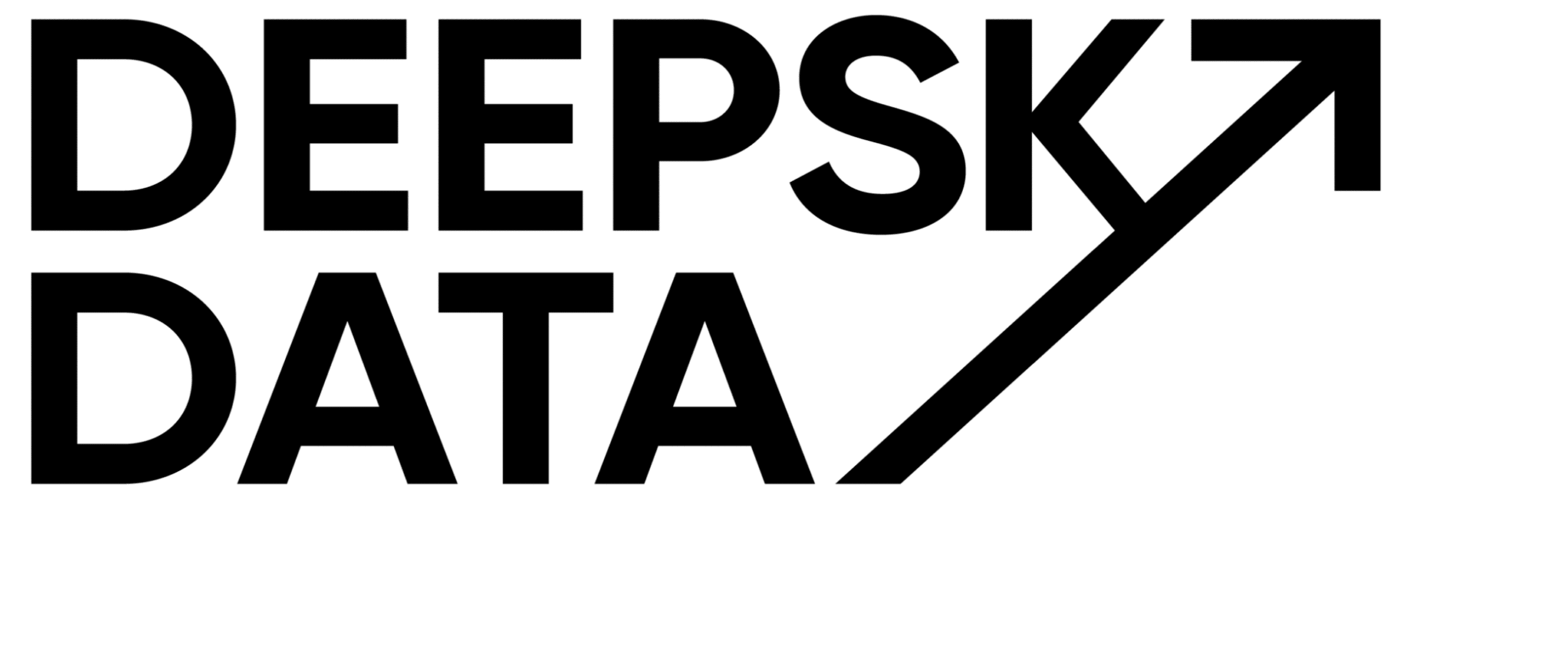And how to start writing them yourself
Dear Data-Traveller, please note that this is a LinkedIn-Remix.
I posted this content already on LinkedIn in August 2022, but I want to make sure it doesn’t get lost in the social network abyss.
For your accessibility-experience and also for our own content backup, we repost the original text here.
Have a look, leave a like if you like it, and join the conversation in the comments if this sparks a thought!
Screenshot with Comments:

Plain Text:
Do you want to write more [data] content here on LinkedIn or finally start to do it?
But you don’t know what to write about?
Here are my observations of four typical content types I see on LinkedIn. Usually, a content creator has one type as their main content but uses the other types from time to time.
- Preaching to the choir
Don’t get me wrong, this is quite an essential kind of content. This content picks a clear insight (e.g., data needs to be put into action) and repeats it often and in different shapes. It’s useful mainly for audiences new to the topic or those who stand on the sidelines of the category. - Sharing your experiences
Most is likely the easiest one. But it needs some training and sometimes some methods to discover these. It’s my usual approach to content, and I develop the habit over time of writing down learnings and insights during a day, so I have them in one place where I can pick one for the next post. This changed it drastically for me. This is my favorite content here on LinkedIn because I want to learn more about other people’s experiences with methods, tools, processes, and communication. - An (sometimes unpopular) opinion
Most likely the hardest, but when played right, the most effective kind of content.
One way: Formulate a well-thought opinion contradicting a hyped topic or a “preaching to the choir” topic. This can generate many discussions in the comment section. And will develop a strong fellowship over time (and will most likely end up in a newly developed “preaching to the choir” content).
Another way: Formulate an opinion with a good foundation and repeat it in different shapes—a variant of -1 but with your own thoughts and not common sense topics. - The curator
Rarely seen on LinkedIn (more often, this is some newsletter) but can be really powerful. You pick up content, learnings, and insights from other creators and bring them into an interesting order or add some own context and reshare it on LinkedIn.
How to start? Try to write test content for each category and see what works best for you. I would guess “sharing experiences” is the easiest to start, but it depends a bit on your character. But all of these approaches need training, so don’t get frustrated when the first (30) are not performing well. They will after some time.

